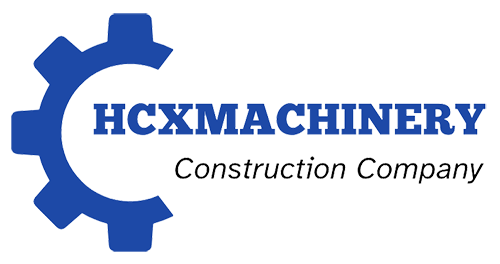Buying a used excavator for sale can be a smart move for contractors, landscapers, and business owners looking to save money while adding serious power to their equipment lineup. But as with any major purchase, it’s easy to run into issues if you don’t do your homework.
The used heavy equipment market is full of opportunities—but also full of risks. From hidden mechanical problems to misleading hour readings, not all machines are what they seem. The good news is, with the right knowledge, you can steer clear of the most common mistakes and invest in a dependable second-hand excavator that fits your needs and budget.
Here are three of the most common pitfalls people face when buying a used excavator, along with practical tips on how to avoid them.

Ignoring Machine History and Hour Accuracy
One of the most overlooked steps when purchasing a pre-owned excavator is verifying its history. Many buyers assume that a clean paint job or a smooth engine start means the machine is in good shape—but that’s not always true.
Why It Matters: A machine’s hour meter may not reflect its actual wear and tear. Some older machines can have tampered meters or incomplete maintenance records, which can lead to costly surprises down the line. You might think you’re getting a low-hour used excavator, when in fact the machine has seen years of heavy-duty use.
How to Avoid It:
- Always request a full service and maintenance record
- Look for signs of excessive wear on the pins, bushings, undercarriage, and hydraulics—these parts can reveal more than the hour meter
- Use a trusted inspection checklist or hire a certified technician to assess the machine before purchase
Buying from a reputable dealer or listing platform that specializes in inspected used excavators can also add a layer of protection and transparency.
Overlooking the Undercarriage and Hydraulics
When checking out a second-hand crawler excavator or wheeled excavator, many buyers focus on the cab, engine, and arm—while overlooking the undercarriage and hydraulic system. These components are some of the most expensive parts to repair or replace.
Why It Matters: The undercarriage can account for up to 50 percent of a tracked excavator’s total maintenance costs. If the tracks, rollers, or sprockets are worn, you could be facing thousands in repairs soon after purchase. Similarly, leaky or weak hydraulics can impact digging performance and jobsite safety.
How to Avoid It:
- Inspect the track tension, rollers, and sprockets for wear and alignment
- Listen for odd noises when the machine is operating or swinging
- Test the hydraulic system under load and check for smooth response
- Examine hoses and seals for leaks or cracks
When shopping for a durable used tracked excavator, prioritize machines with recent service records and clear evidence of routine undercarriage care.
Failing to Match the Machine to Your Jobsite Needs
Not all excavators are created equal. Choosing the wrong type or size of machine can slow down your work, increase operating costs, or even damage the jobsite.
Why It Matters: A compact used mini excavator might be perfect for residential work or utility trenching—but it won’t cut it for land clearing or heavy lifting. On the flip side, buying a larger machine than you need can lead to higher fuel usage, transport challenges, and underutilization.
How to Avoid It:
- Identify the type of work you’ll be doing most often: digging, grading, lifting, demolition, or material handling
- Match the excavator’s weight class, bucket size, and power rating to your core job requirements
- Consider whether you need a used wheeled excavator for urban mobility or a high-performance used tracked excavator for rugged terrain
Make sure to ask about auxiliary hydraulics if you plan to use attachments like breakers, thumbs, or augers. Compatibility with your existing equipment can save time and money down the line.
Shop Smart and Build with Confidence
Purchasing a quality used excavator can give your business a solid return on investment—if you take the time to inspect thoroughly and choose wisely. Avoiding these common mistakes will help you make an informed decision and keep your projects running smoothly.
- Always verify the machine’s history and service records
- Inspect critical components like the undercarriage and hydraulic system
- Match the machine to the scope and size of your typical jobs
Whether you’re browsing listings for a low-hour used excavator near me or negotiating with a seller across state lines, doing your due diligence pays off. Stick to these tips and you’ll be far more likely to find a reliable used excavator that delivers the performance you need—without the unexpected repair bills.

